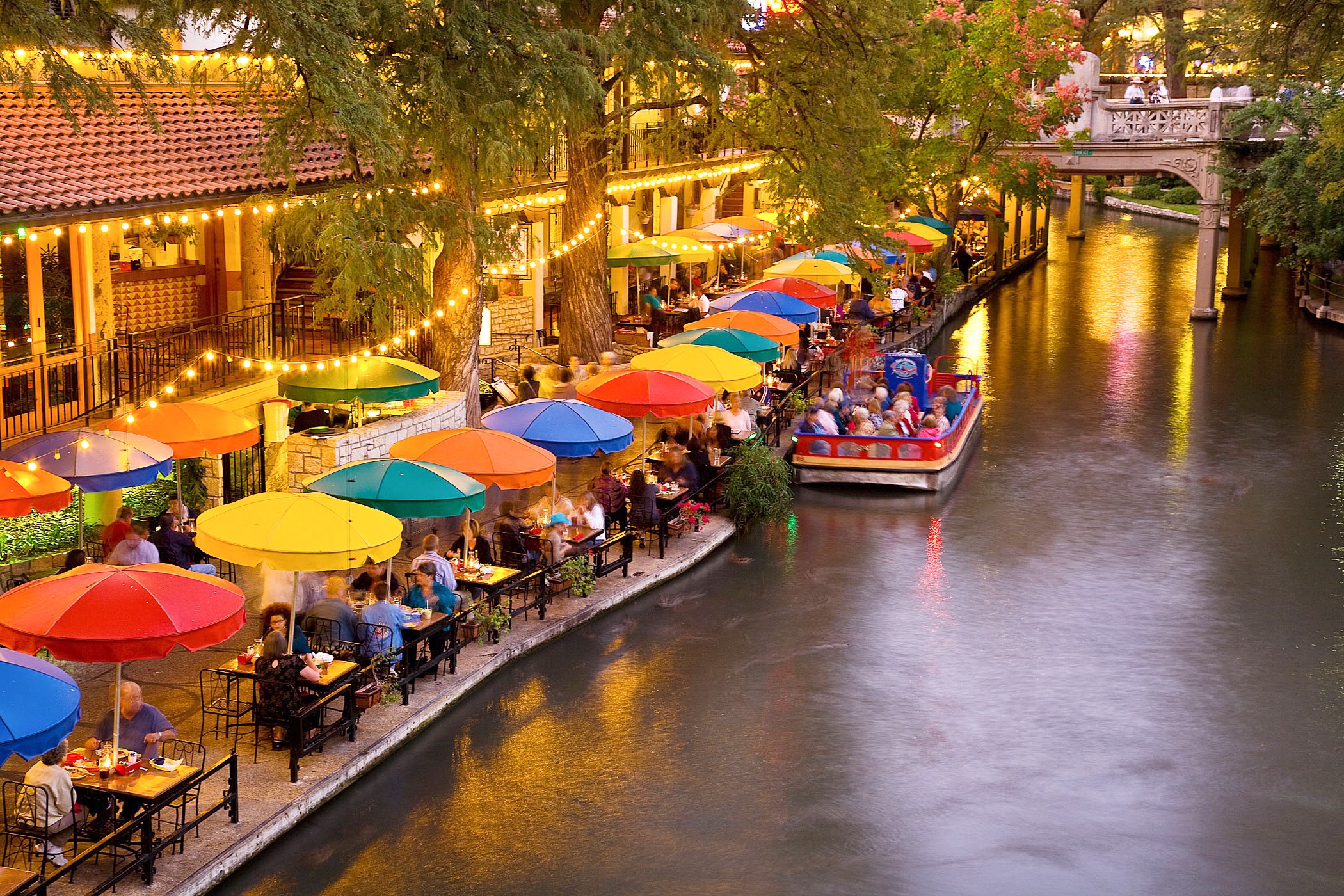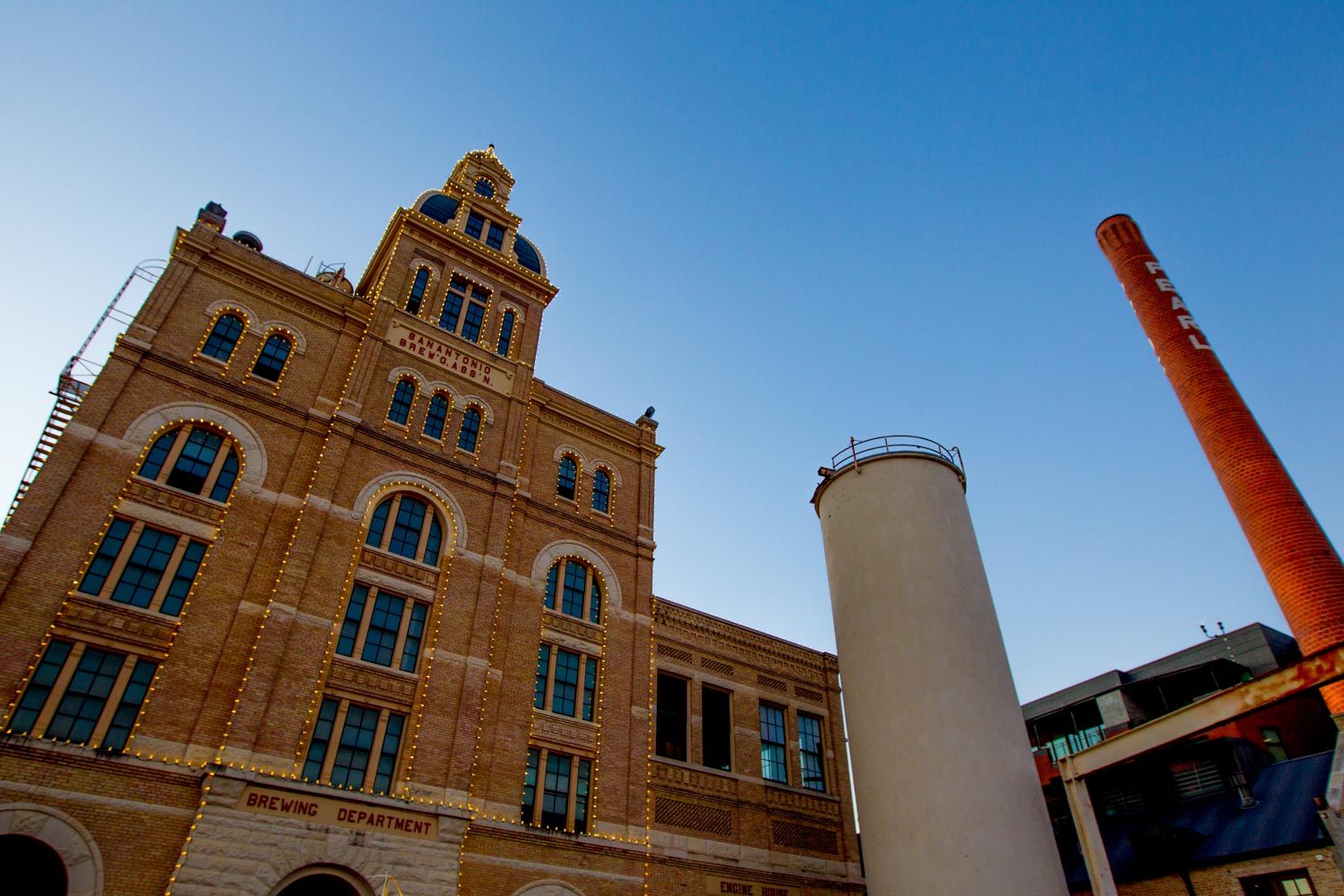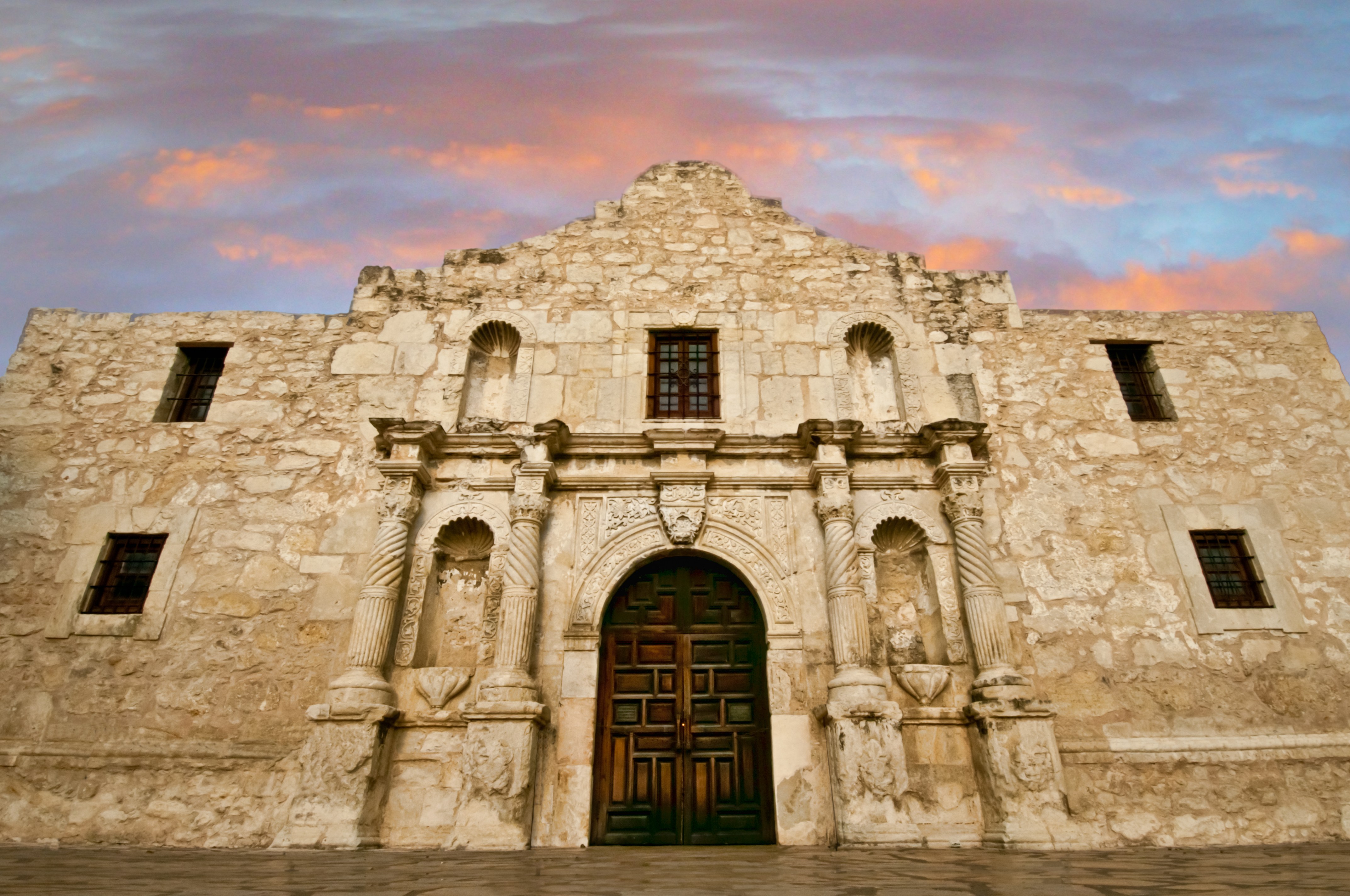It's a scene is familiar to most visitors to Texas' second-largest city – San Antonio. The city has long been on the itineraries of travelers visiting the Lone Star State. Combining a classic symbol of Texas independence with convenient attractions right in the middle of downtown, San Antonio achieves a uniquely Texan experience.
But recently the big-hearted town of San Antonio has undergone a remarkable renaissance. The city has dramatically expanded its famed River Walk, polished its historical treasures (gaining no small attention from Unesco), and rolled out the welcome mat for its youngest visitors. With recently opened boutique hotels, creative eateries and brand-new museums, there’s much to discover in Alamo City.

San Antonio’s most striking feature is its picturesque River Walk, a series of pedestrian lanes that run just below street level, with flower-lined banks and stone bridges creating a surprisingly atmospheric setting just steps from the bustle of the city center. The River Walk has long been a major draw for visitors, who come to stroll the lamplit lanes, dine al fresco at waterside restaurants and overnight in bougainvillea-draped hotels that overlook the gently flowing river.
A recent $358 million expansion has dramatically increased the River Walk’s appeal – and earned the respect of many locals. Once limited to just over one mile around the downtown area, the River Walk now stretches for some 15 miles, connecting to museums and a much-loved dining and shopping complex in the north and with wilder landscapes (and the Spanish Missions) in the south.
Outside of the center, biking is a great way to explore the River Walk. San Antonio’s public bike-sharing network, B-Cycle, with 50 stations in town, is a good place to pick up wheels. If you prefer to take it easy, you can also catch a ride on a river taxi with Rio San Antonio Cruises. One of the best times to visit is during Fiesta San Antonio, when flower-draped barges, brassy bands and fireworks add to the springtime cheer. It happens in mid-April.
One of the best reasons to set foot (or bicycle tire) onto the River Walk is to follow its winding path north to the Pearl. Much loved by locals, this sprawling complex houses outdoor restaurants, independent boutiques, new-wave cafes and progressive design studios. The area buzzes with food-minded creativity, thanks to a branch of the Culinary Institute of America headquartered here.

The anchor of the area is the historic Pearl Brewery with impressive brick buildings dating from the 1880s, including the former stables, which were once so instrumental to the regional beer delivery system – aka horse-drawn carts. These days, the clatter of wagon wheels over cobblestones has been replaced by the chatter of vendors and shoppers at the farmers market held here on weekends. Shopping and munching aside, there’s always something afoot at the ever-evolving Pearl, including free summertime concerts and celebratory fests (like the December tamale festival).
The beer taps have also started flowing once again. Inside a sprawling $358 million expansion, the microbrewery and gastropub Southerleigh opened to much fanfare in 2015. The 15-barrel brewhouse creates first-rate lagers, stouts and IPAs, which go down nicely with the high-end comfort fare. Visitors can get close to the action by staying at the Hotel Emma, a 146-room boutique property that opened in late 2015. Inside the former 19th-century building, the design channels a southern Texas aesthetic with plenty of luxurious touches, including custom-made glass-blown chandeliers and a rooftop pool.

To truly understand San Antonio, one must know its history. Luckily, the city is home to several educational and insightful historic treasures – one located right downtown. The Alamo, the site of the pivotal 1836 battle where Mexican troops routed a small band of defiant Texan revolutionaries (called Texians), is located less than a mile from the River Walk, and its story can still bring a tear to a prideful Texan's eye. The Texian defeat inspired volunteers across the United States to join the Texas cause, eventually winning the Texas Revolution under the battle cry 'Remember the Alamo!' The Alamo is expected to undergo renovations beginning in 2016, but the year marks the 180th anniversary of Texas Independence, and several special events are planned at the site.
A lesser-known but equally important attraction is the city’s collection of Spanish colonial missions, the largest such concentration in North America. These exquisitely preserved buildings took center stage in 2015, when Unesco named the missions a World Heritage Site – the first such site in Texas. Constructed in the 18th century by Spanish Franciscans, the buildings combine a blend of Christian symbols and indigenous iconography inspired by nature. Each of the five missions has unique elements, including a grist mill at Mission San José, a 270-year-old irrigation dam and aqueduct at Mission Espada, and a working demonstration farm at the once self-sustaining Mission San Juan Capistrano. The missions are all reachable by car, though there’s also a riverside trail for hikers and bikers that connect four of the missions along an 8-mile stretch.
Texas towns don’t always have a reputation for being the most family-friendly destinations (chalk it up to old-time saloons and a touch of frontier atmosphere). San Antonio, however, has upped its game with a spate of new attractions appealing to the younger set. San Antonio’s massive children’s museum, called the DoSeum (thedoseum.org), opened its brand-new 65,000-sq-ft Midtown space in 2015. Inside, young visitors can delve into a whole world of wonder with hands-on exhibitions devoted to science, technology and the arts. Kids can spend the day solving engineering challenges, creating and animating their own stories and playing with maps to discover foreign lands. Closer to downtown, Yanaguana Garden (www.hemisfair.org/about/vision/yanaguana-garden) features interactive play areas to stimulate kids of all ages. The park, which opened in 2015, is only the first-phase of an extensive 37-acre redevelopment planned for Hemisfair, site of the 1968 World’s Fair.
Established in 1933, Star Alliance member Turkish Airlines now flies to 283 destinations worldwide. Turkish Airlines was chosen as ‘Europe's Best Airline’ for the fifth consecutive time in Skytrax magazine's annual survey. Widen your world at www.turkishairlines.com